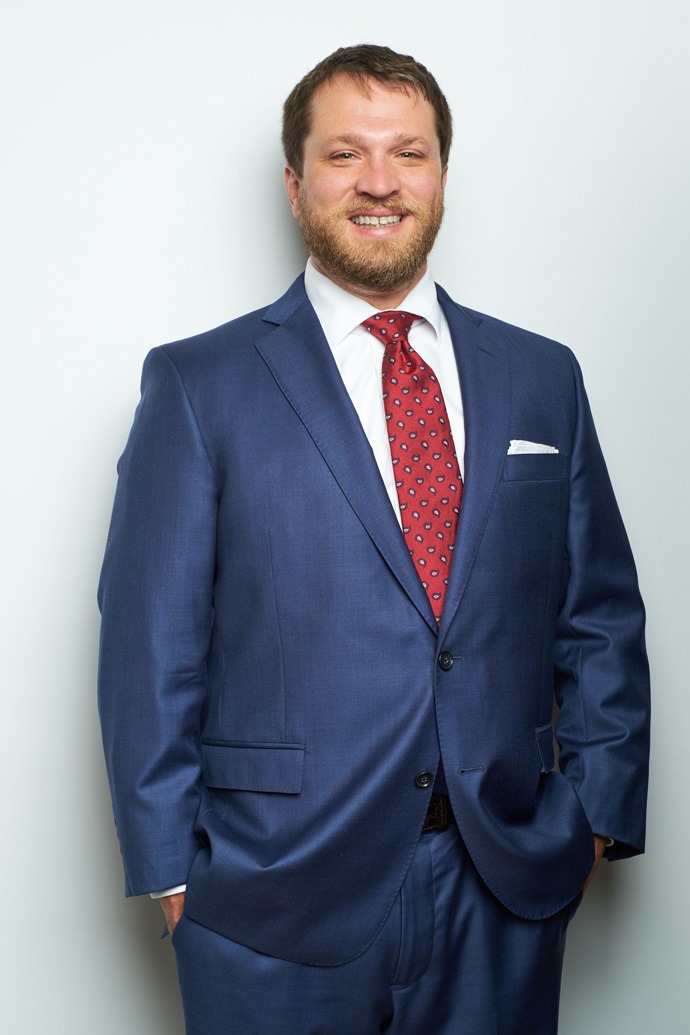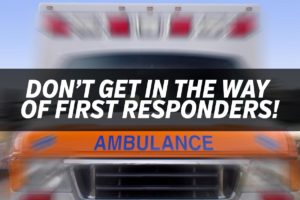First responders are emergency personnel that include members of law enforcement, the fire department and medical services, such as paramedics and ambulances. These members are often the first people to arrive at the scene of an incident, such as a traffic accident. Although most people know to not get in the way of first responders during an emergency, there are enough people who get in the way that first responders from North Carolina and South Carolina met in Rock Hill to participate in a nationwide training effort.
Stay Out of the Way!
According to Mike Bowman of the South Carolina Department of Transportation, the goal is to have 100,000 first responders nationwide trained in proper incident response to cut down the rate of further damage and injury or secondary collisions. The South Carolina Highway Patrol reports that almost one out of every five secondary collisions results in a fatality. In addition, every minute that a traffic lane is blocked results in five minutes of congestion, and the longer the lane stays blocked the higher the incidence of a secondary wreck. For example, suppose a truck collides with the median or barrier between two opposing lanes of traffic. That one-vehicle incident is the primary collision, but if a motorist stops to gawk at the accident, then the motorist is potentially blocking first responders and other emergency vehicles. If the motorist remains in the lane, there’s a chance that he or she may be struck by another motorist or an emergency vehicle, resulting in a secondary collision. Ideally, the number of accidents, collisions and other incidents are kept to a minimum.
It is not only sensible for uninjured motorists to move out of the way so first responders can attend to the primary wreck—it is also the law. Under Section 56-6-1638 of South Carolina’s Uniform Act Regulating Traffic on Highways, all motorists and pedestrians must not only obey and not interfere with first responders and other emergency personnel—they must not block entry or exit to the accident scene. If there are available lanes and if it is safe to proceed, a motorist may pass the scene if they reduce their speed and proceed with caution. The motorist must also give the right-of-way to all first responders and other emergency personnel. Violation of this law results in a misdemeanor because the motorist endangered emergency personnel, and if convicted or after a guilty plea, the motorist must pay a fine of between $300 and $500.
Bowman believes that technology can be used to not only communicate between first responders, but also with the public. Bowman advertised a free mobile app, called SCDOT, that lets the public view message boards, real-time incidents, and traffic cameras so motorists know which areas to avoid. However, sometimes a motorist may come upon an accident and may be unable to leave or avoid the scene, such as in a one-way lane; in this case, it is best to stay out of the first responders’ way. Those injured in such an accident should also consult a car wreck attorney immediately.

David Price is a Personal Injury, Civil Litigation, Collections, and Criminal Defense Attorney who practices in Greenville, SC. He graduated from the University of Georgia School of Law, and has been practicing law for 12 years. David Price believes in helping those who have been injured. Learn more about his experience by clicking here.

